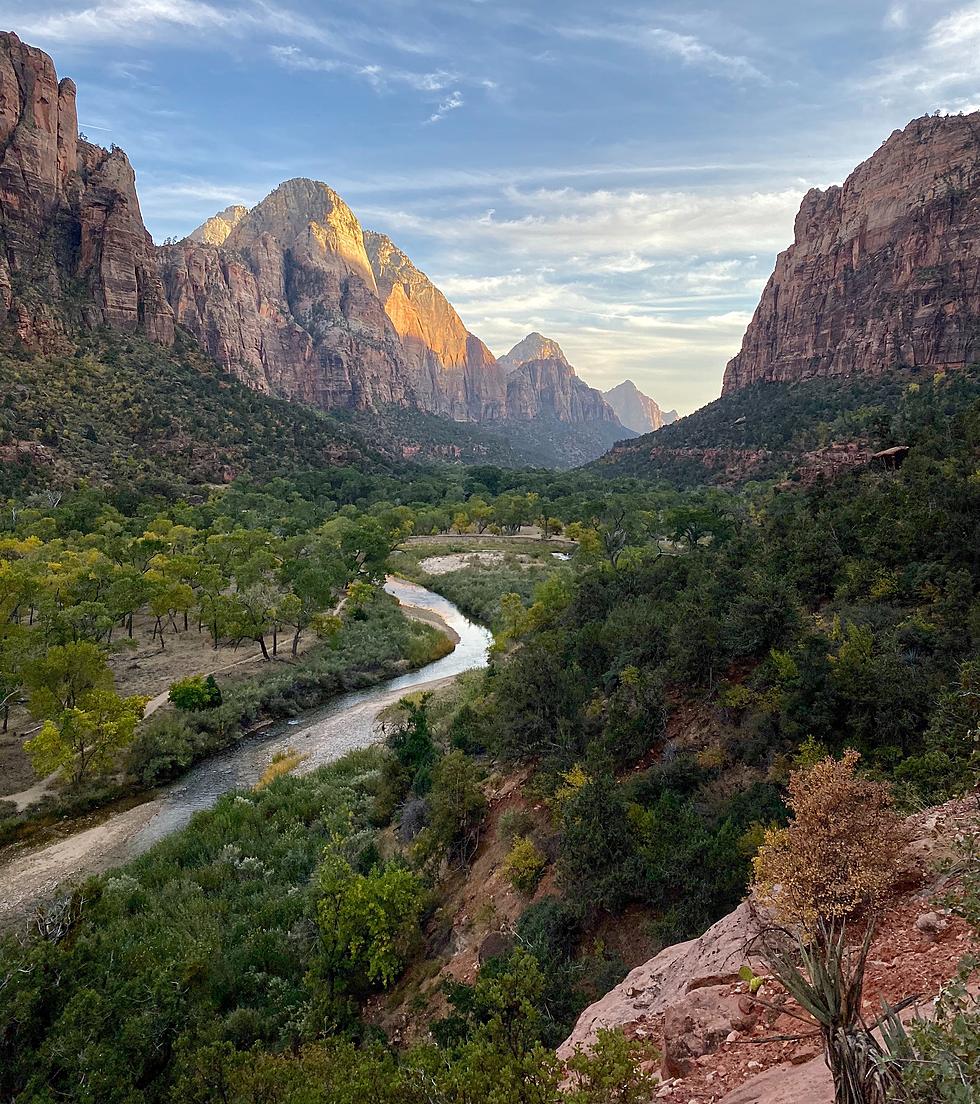
The Unique History of This Spirited Ghost Town
Sunday, I drove down to Springdale and Zion National Park for a bit of an adventure. You see, just outside the majestic cliffs of Zion National Park is Grafton Ghost Town.
According to the Grafton Heritage Partnership Project, Grafton was settled in 1859 as Brigham Young asked church members to grow cotton.
In 1862 a flood destroyed most of Grafton. The town’s settlers relocated to higher ground one mile upstream of the first town, where the current town now stands.
In 1866 Grafton became a ghost town for the first time to be resettled again in 1868.
In 1886 Grafton residents built the adobe schoolhouse and in 1896, Utah became a U.S. state and Grafton flourished until 1906.
In 1929, the barely inhabited Grafton became the setting for the first outdoor talking movie ever filmed called In Old Arizona. Once Grafton became a ghost town again in 1945, Butch Cassidy and the Sundance Kid was filmed there in 1969.
The haunted history of Grafton and Zion National Park began with the area’s first inhabitants starting in 6,000 B.C.E with the Virgin Branch of Ancestral Puebloan and Parowan Fremont groups and then later the Southern Paiute and Ute tribes.
Zion National Park is the homeland and a sacred space for the Southern Paiute. They lived around the canyon and not in it.
In an interview in Darren M. Edward's book Supernatural Lore of Southern Utah native archaeology teacher Kaye Feather Robinson states “Well, the Indigenous people thought that it wasn’t a good place to live. And it was haunted.”
Also, in Supernatural Lore of Southern Utah, Adrienne Gates, who grew up in Springdale during the 90s and was raised in an Indigenous home on her father’s side, states that “Indigenous people didn’t go into the canyon really at all. If they did, it was rare, and it was definitely only during the daytime.”
Adrienne Gates also related stories from her time working at the front desk at a Springdale hotel and chatting with the tourists who were visiting Zion National Park and Grafton. Some of the words the tourists used were heavy, dark, dense, and scary.
In the 1980s and 1990s, folklore from Indigenous and settler culture would entice teenagers from Springdale and the surrounding areas to go to Grafton to “hold seances in the schoolhouse and playing with Ouija boards inside the “house of evil”.”
If you plan to visit Grafton you’ll need to go during the day because the site closes at night and does have security cameras in place. If you do visit, you might get lucky like I did, and see one of these little dudes eat lunch.


